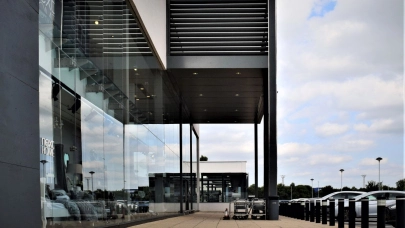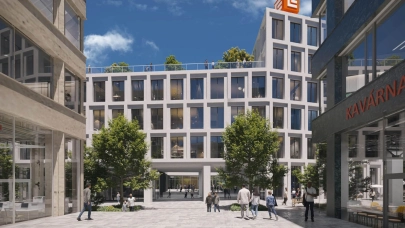
The construction industry in SEE-based countries is in the recovery phase and could reach a new peak by 2026, while some countries in Eastern Europe have cooling activity in this sector, according to a report by the Eastern European Construction Forecasting Association (EECFA).
In Bulgaria, construction output is estimated to fall year-on-year in 2024-2026 due to expected drop in residential construction and heterogeneous, yet positive performance of the non-residential one. Civil engineering bears a potential for an accelerated growth if EU funds’ absorption bounces back and public investments in infrastructure speed up.
On the Croatian market civil engineering is moving into even higher gear now, especially with the recent update to the TEN-T Network.
In Romania, the construction sector could return to growth by 2026. At present, the market is dealing with high construction costs and higher interest rates due to a slower reduction of inflation. The sector is also facing a switch between EU programming periods, which means that new construction projects are facing delays.
Serbia is expecting to see more stabilisation in the construction sector this year, with both building construction and civil engineering estimated to stay in the black.
In Slovenia, the construction sector could surpass its record 2023 output this year and continue its growth trajectory into 2025, exceeding €6 billion for the first time. Major civil engineering projects will likely drive this growth.
On the Russian market, the residential and civil engineering construction subsectors remain key for the industry, especially on the construction of export infrastructure projects. At the same time, there is a negative outlook for the residential segment by 2026.
Turkey is recording massive spending to rebuild parts of the country hit by last year’s earthquake, which caused large budget deficits. Increased interest rates have created affordability problems for bank loans, mostly mortgage ones, so home purchases rely mostly on equity financing and serve as a hedge against inflation. The report further shows that there is also increased investment in commercial buildings.
In Ukraine, the economy is growing despite the ongoing war with Russia. The main problems in the market are rising prices and shortage of building materials, growing costs of logistics and a shortage of skilled labour.



